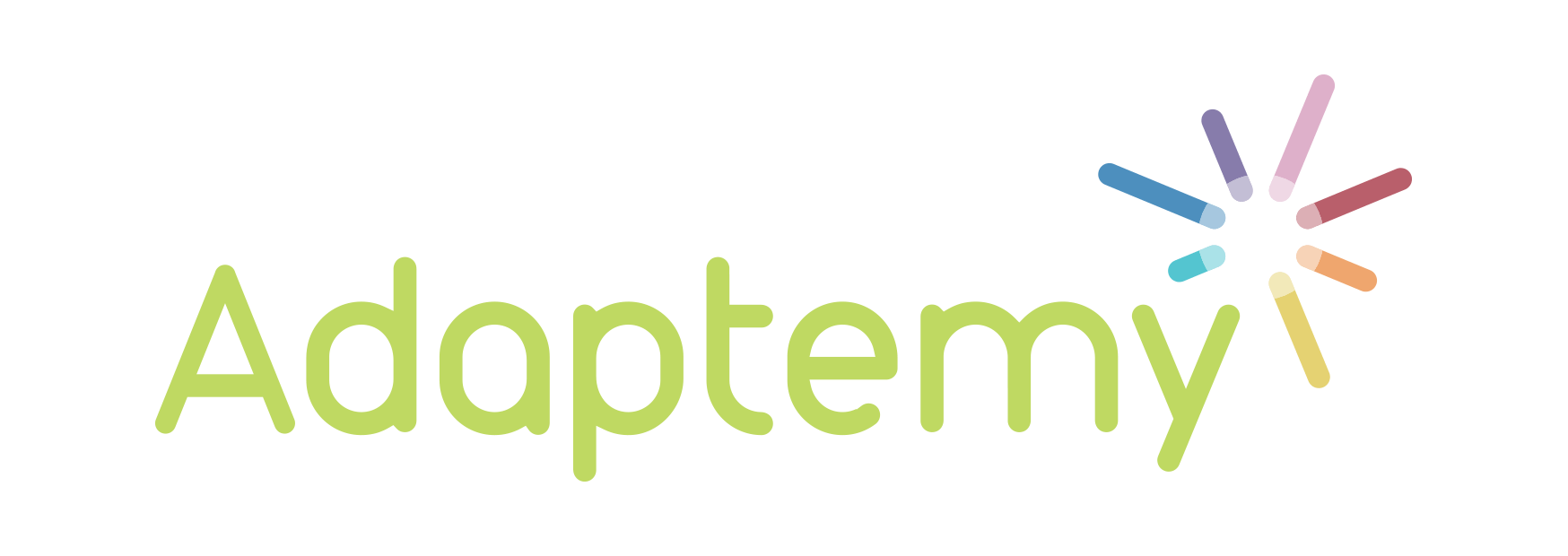
If you’re teetering on the edge of a tech evolution, wondering if a digital product will deliver the gains in revenue and results it promises, this article is for you.
Digital (or EdTech) solutions have been misfired and mis-sold in the education publishing industry. It’s easy to be cynical about their efficacy. And it’s important to understand exactly what makes a digital product successful before you proceed with an EdTech supplier.
These three reasons digital products fail will help you approach your project with the right information.
Why Digital Products Fail
It’s not aligned to the curriculum
There is a lot of unsupported freeware available for teachers that isn’t aligned to the curriculum. If a teacher wants a digital product for their classroom it’s not hard to find one. What is hard to find is a solution that maps to the curriculum.
Teachers will embrace a solution more readily if it supports the scheme of work they are expected to follow. Why? Because rather than doing even more prep work in addition to their normal workload (work like due diligence and choosing exercises and information) a teacher can pick up a curriculum-aligned solution and use it immediately, confident it supports the students and helps meet standards.
A teacher then has more time and energy to spend on the individual needs of their students, personalising learning experiences and improving educational outcomes.
It doesn’t consider the teacher’s workflow
How will your digital product fit into a teacher’s workflow? What part will it play in the overall dynamic of the day, week, term and year?
Will it support presentations? Group work? Organisation? Warm up? Practice? Or one of the many additional things that take place in a school environment?
Adaptemy for example, is about personalised practice. It’s used in the classroom where a student would usually answer questions from a textbook. And it’s also used as a homework tool, in place of a workbook.
If your product doesn’t fit into the existing dynamic, a teacher will bypass it for other solutions, habits or non-digital alternatives. It’s vital to understand the role of your digital product in their working lives.
It’s also important to consider what the digital solution is replacing and how long it takes to set up, access or use. A textbook is instantaneous. To be an effective replacement, the digital product must be too. If a teacher needs to allow extra time or effort to prepare, the digital product it will not fit comfortably into their workflow and will ultimately be rejected.
It doesn’t enhance what a teacher is trying to do
There are multiple dynamics at play in a classroom. There are relationships between students and their peers, between students and teachers, students and the curriculum, teachers and the curriculum, students and the content, teachers and the content … so too will there be relationship between your digital product and all these people and elements.
If your digital product interrupts these dynamics, it will fail. It’s arrogant to assume otherwise. We can’t waltz into a classroom – a complex and precious environment – and expect everything to bend to the ways of technology.
No. When building a product, we must understand these relationships and meet their needs.
The question is: what type of teaching practice will your product enhance or enable? Because if it’s not enhancing the environment, it doesn’t belong in the classroom.
Adaptemy enables a teacher to move around a classroom delivering student-specific support, safe in the knowledge the entire class is engaged in an exercise that’s appropriate to them. (Adaptemy presents each learner with content that’s right for their level and experience, adapting content as the student progresses.)
In this way, it personalises education for the student through the product and through the more individual support a teacher can now offer.
What is your digital product trying to enhance? A teacher will only use a tool if it’s easy to do so. They don’t want attention to be on the technology but on the resulting learner experience.
How can publishers deliver successful digital products?
By thinking less about the technology and more about the teacher. There is a theme to these failures. They occur when we get caught up in the what and forget the who. The technology must be almost invisible in the classroom, impacting experiences so effectively all that can be seen are the astounding results.
Building a digital product is not an insurmountable task for publishers. Around 80% of what is required is already in place: teachers are understood, there is a direct link to the marketplace and sizeable authoring and content resources are available.
But the digital journey is important. If neglected, publishers risk being pushed out of the marketplace by those who move more quickly. To remain or become a forerunner in the next 20-30 years, publishers must understand why digital products fail and how to build those that succeed.




